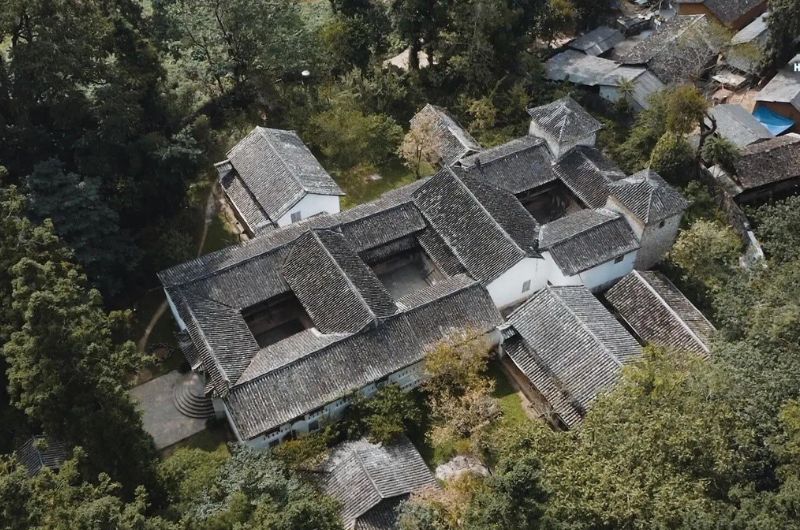
Vuong Palace
Constructed in 1914, Vuong Palace withstood two significant conflicts: the French War and the American War. As a result, it stands as a symbol of the H’mong people’s historical grandeur. The palace is also known as Vua Meo, named in honor of the H’mong king.
Vuong Palace bears a striking resemblance to the royal residences of China from the Qing Dynasty era, three to four centuries ago. It features stone construction, precious woods, terracotta tiles, and a two-story layout. Inside, the main hall showcases a lacquered board inscribed with Chinese characters, a gift from the ruling Nguyen Dynasty king. Each of the 64 rooms in the palace is adorned with intricate carvings of dragons, phoenixes, and bats, symbols representing strength, royalty, and good fortune, respectively.
Vuong Palace is often referred to as the “Opium Palace” due to its extensive and intricate stone and wood carvings of poppy flowers and fruit patterns, which are a nod to its historical association with opium. This grand mansion features a distinctive underground cellar on the left side, meticulously designed for the storage of opium. Other cellars within the palace were utilized for the storage of food and weapons, reflecting the multifaceted use of this impressive estate.
In the palace’s expansive backyard, there is a striking half-moon-shaped stone bathtub, which was historically used by Chinh Duc’s first wife for her baths. Local legend holds that King Chinh Duc went so far as to compel local officials to provide goat milk monthly to fill the bathtub, ensuring his wife’s bathing rituals were performed in luxury. Surrounding the palace is a spacious garden where the royal family cultivated a variety of fruit trees, including pears and peaches, showcasing their affinity for horticulture and adding to the palace’s grandeur. This combination of opulent design, historical legend, and botanical beauty makes Vuong Palace a fascinating and culturally significant landmark.

King Vuong Chinh Duc passed away in 1947, leaving behind a legacy of resistance and leadership that profoundly impacted his people. Following his death, his second son, Vuong Chi Sinh, assumed the mantle of head of the Vuong family and the leadership of the region. Vuong Chi Sinh dedicated the remainder of his life to the struggle against French colonial forces, determined to continue the legacy of resistance that his father had established.
Throughout his tenure, Vuong Chi Sinh faced a multitude of challenges and adversities, yet he remained an unwavering symbol of resilience and determination. His steadfast commitment to defending his homeland and upholding his father’s values served as a beacon of inspiration for many. Vuong Chi Sinh’s leadership during this turbulent period of history embodied the spirit of resistance and the relentless pursuit of freedom and sovereignty.

Despite the relentless difficulties and pressures, Vuong Chi Sinh’s efforts ensured that the fight for sovereignty and independence remained at the forefront of regional struggles against colonial domination. His unwavering dedication to the cause galvanized the local population, fostering a sense of unity and purpose. Vuong Chi Sinh’s leadership not only preserved his father’s legacy but also reinforced the enduring spirit of resistance that characterized the region’s history.
As a leader, Vuong Chi Sinh navigated the complexities of colonial oppression with strategic acumen and a deep sense of duty. His actions were guided by a profound understanding of the cultural and historical significance of their struggle. Vuong Chi Sinh’s life was a testament to the power of perseverance and the unyielding will to protect one’s heritage and homeland. His legacy continues to inspire future generations, reminding them of the importance of resilience, courage, and the enduring fight for justice and independence.
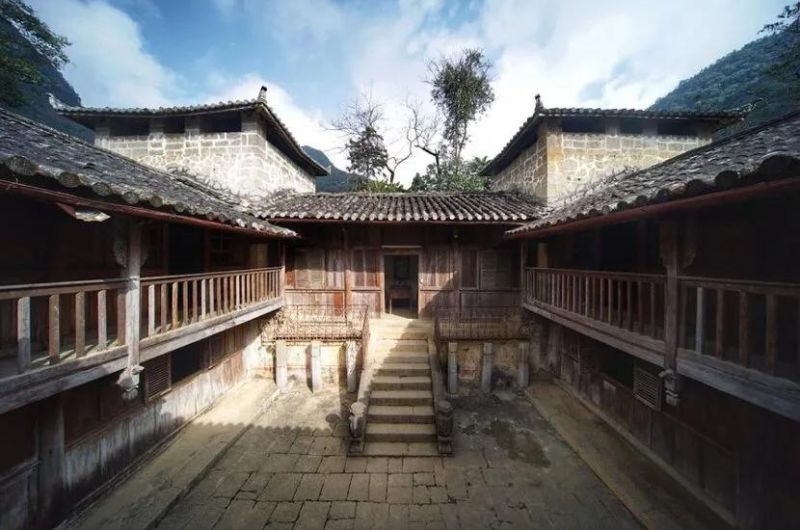

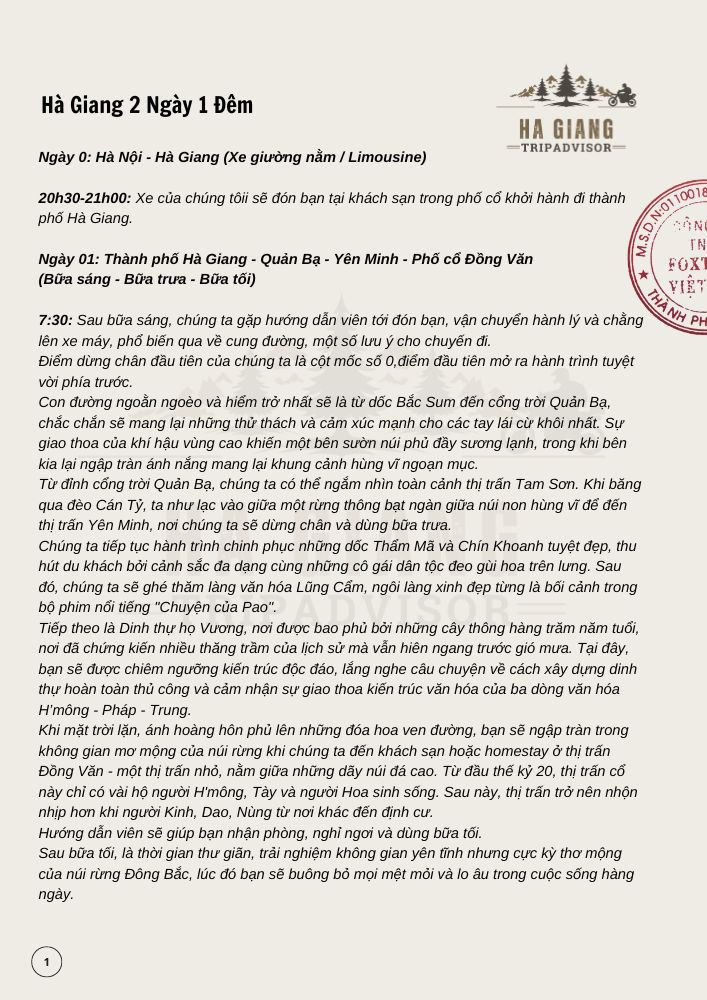

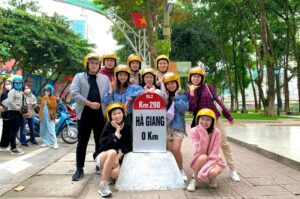
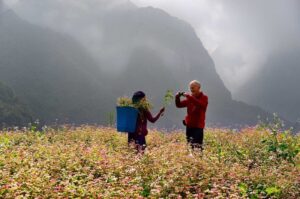

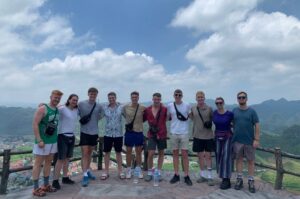

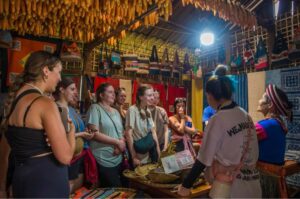

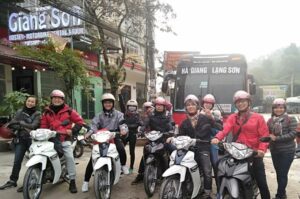



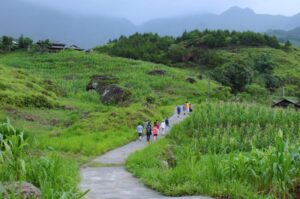

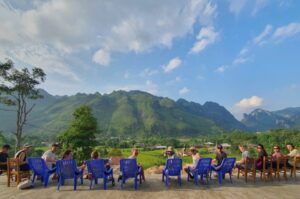

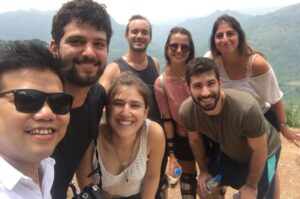

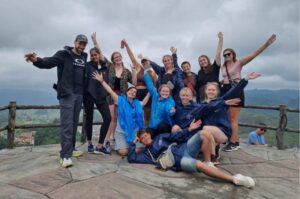
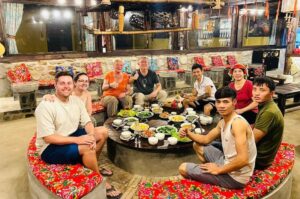



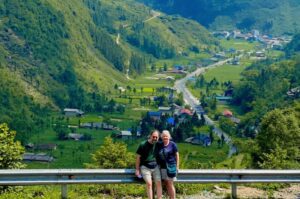
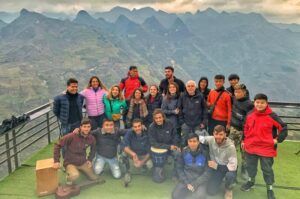



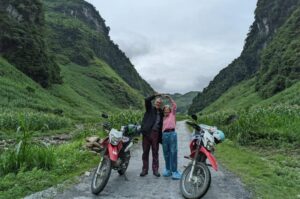



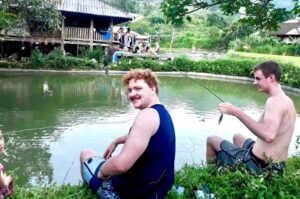
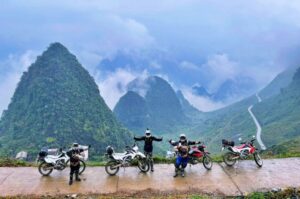



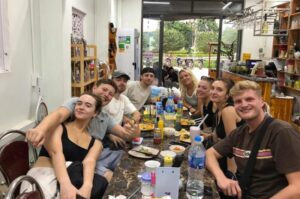
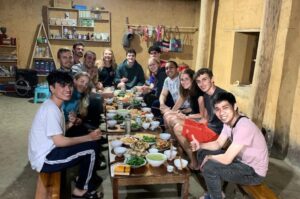
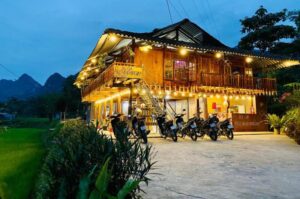
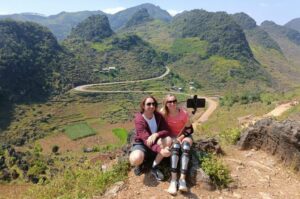

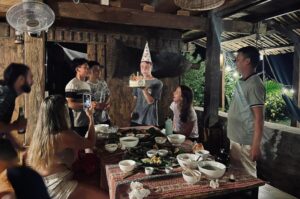

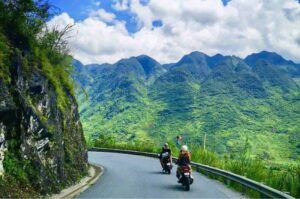
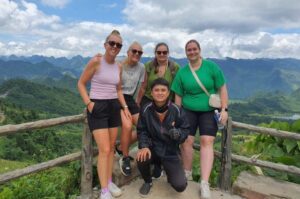
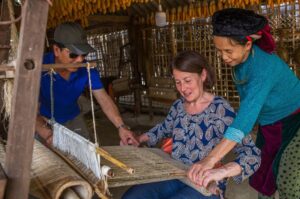
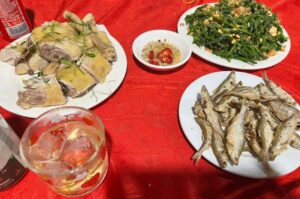


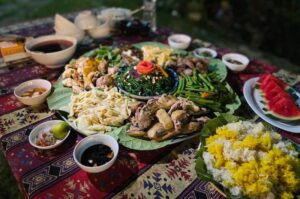


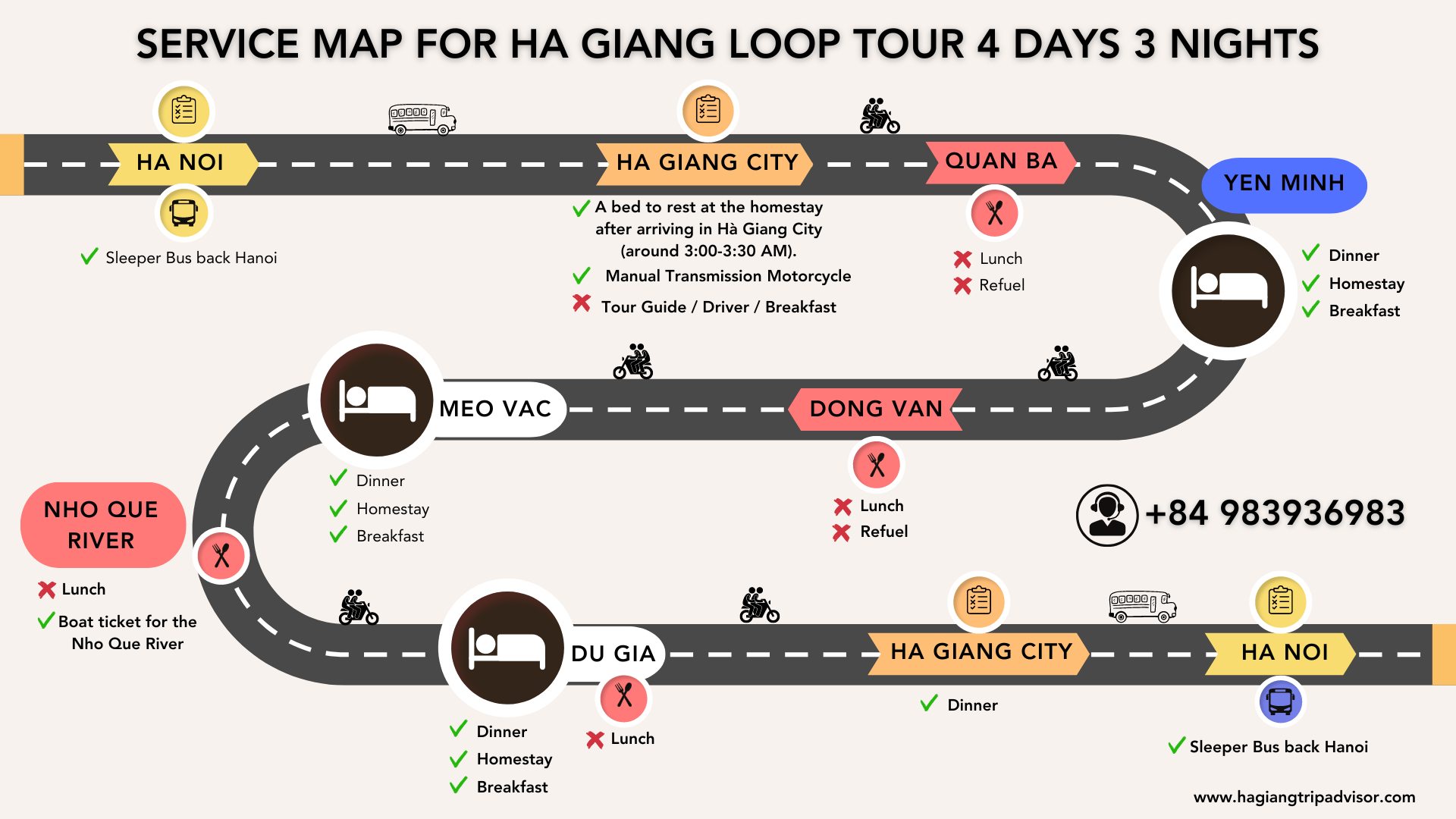
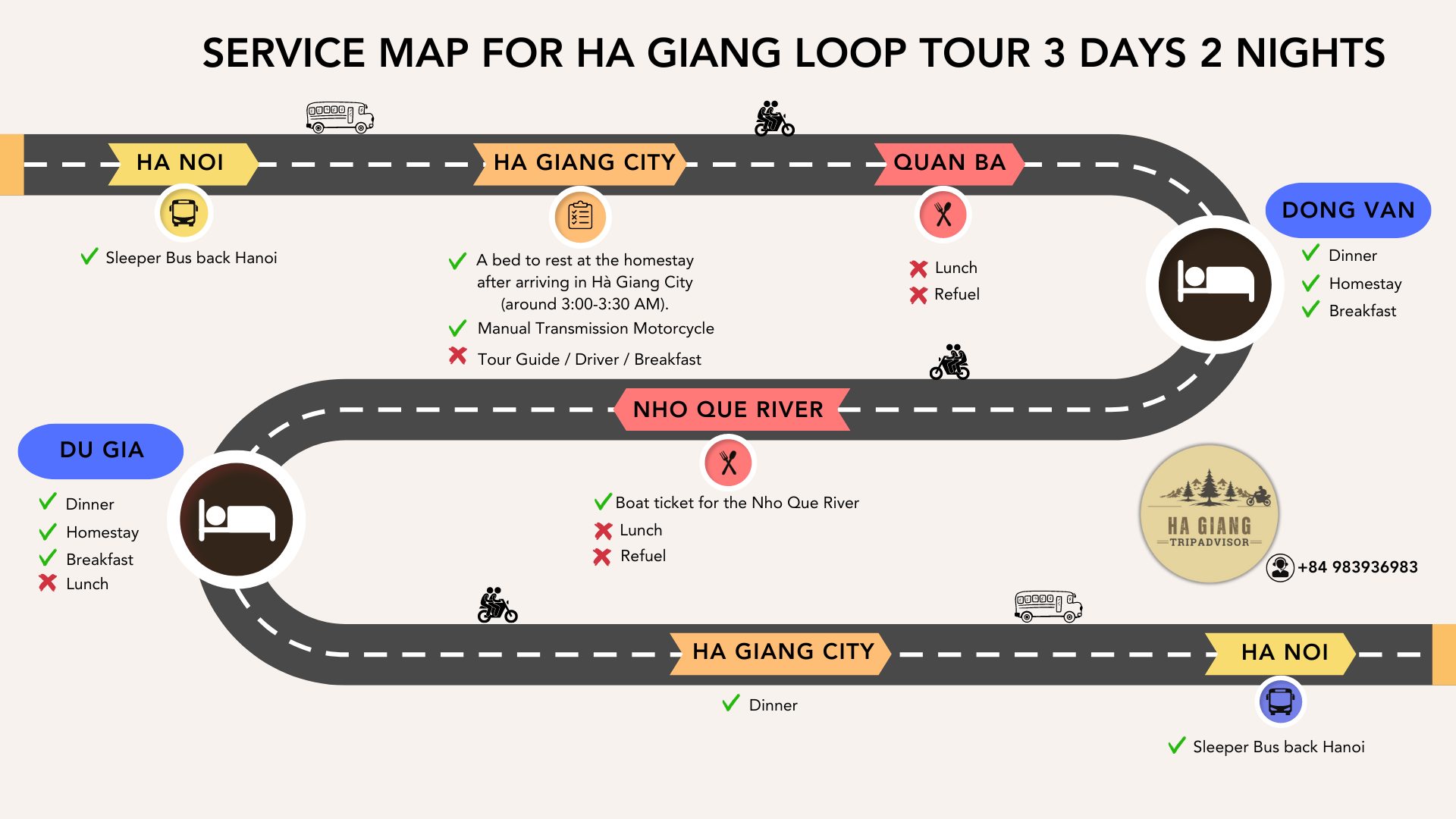
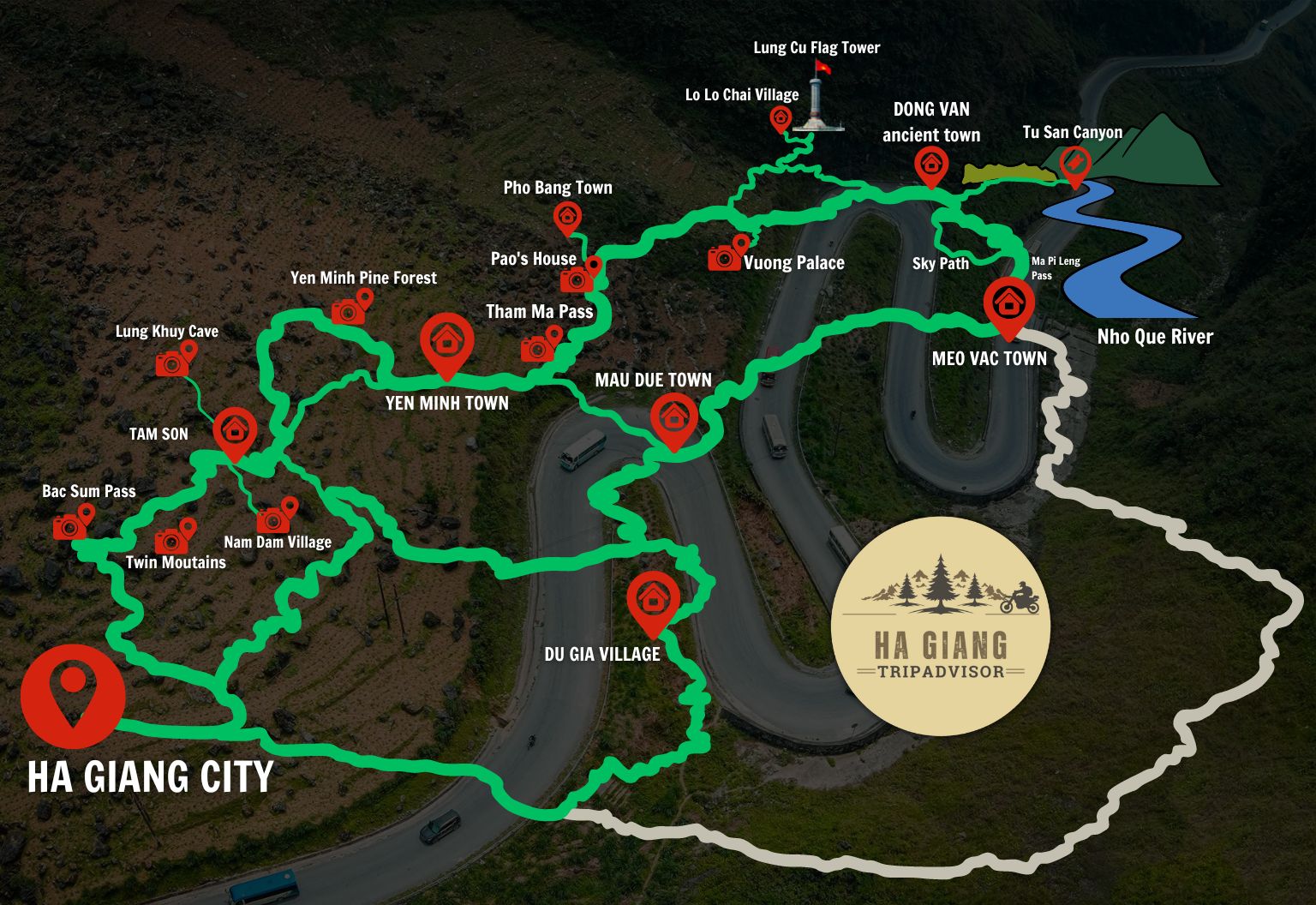
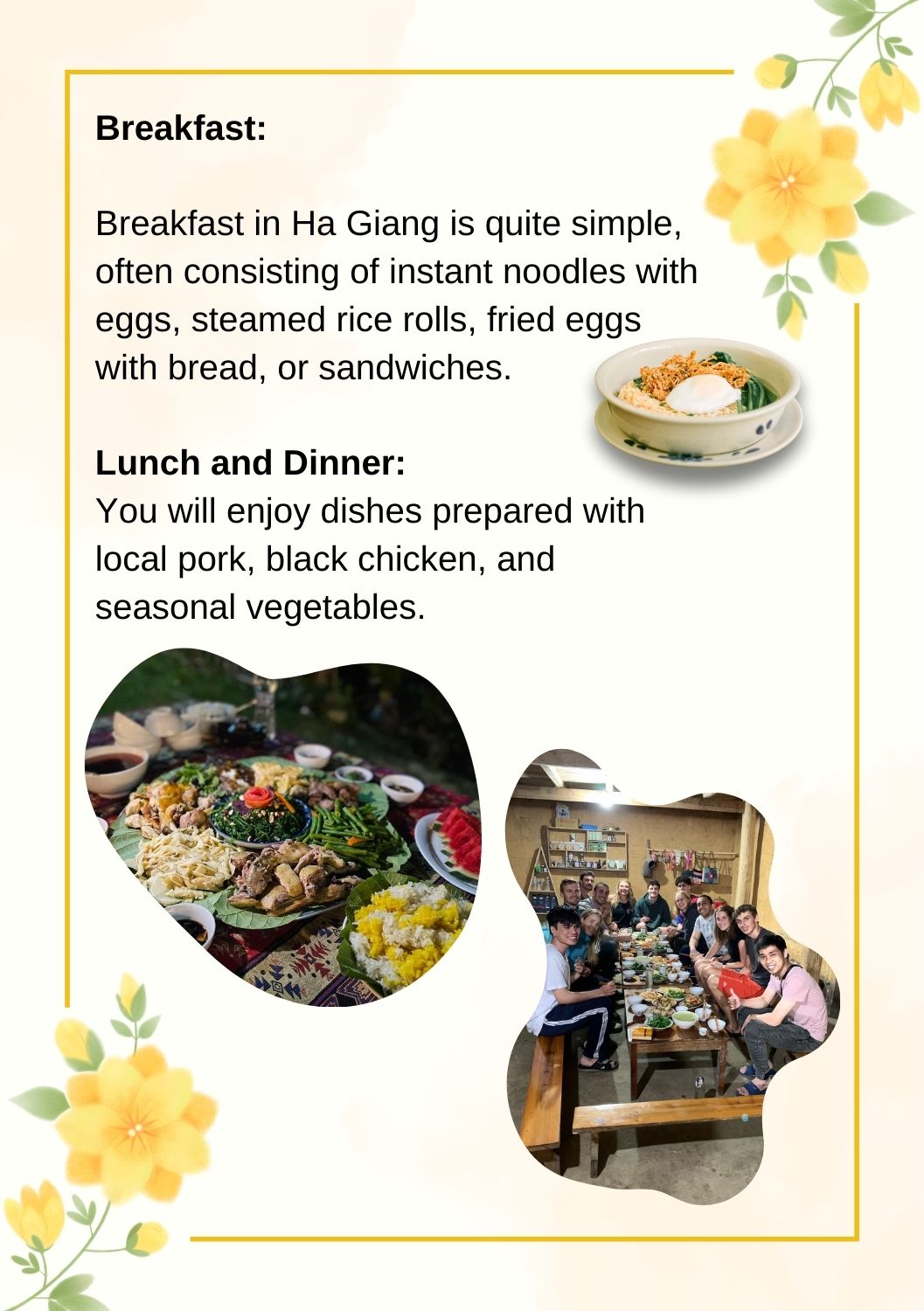
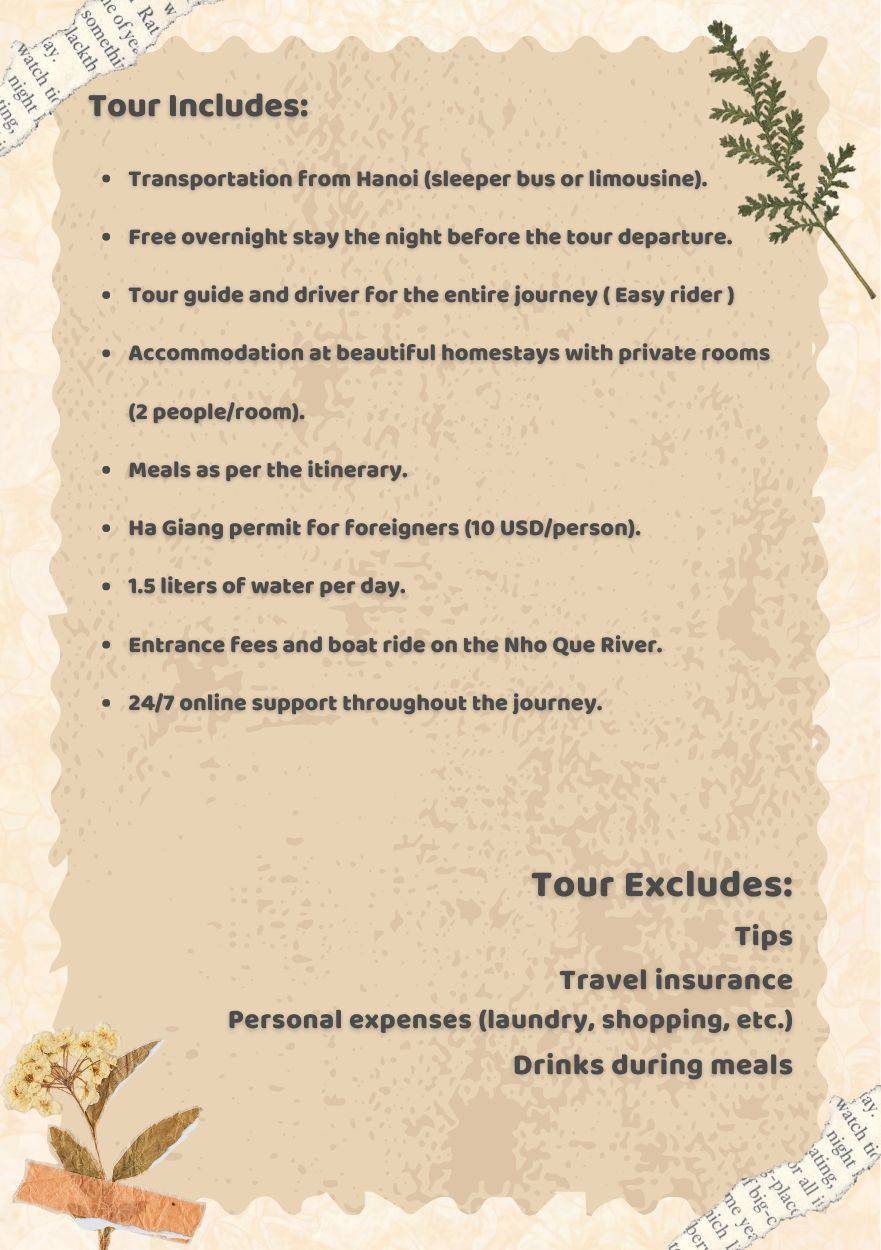

Add Comment